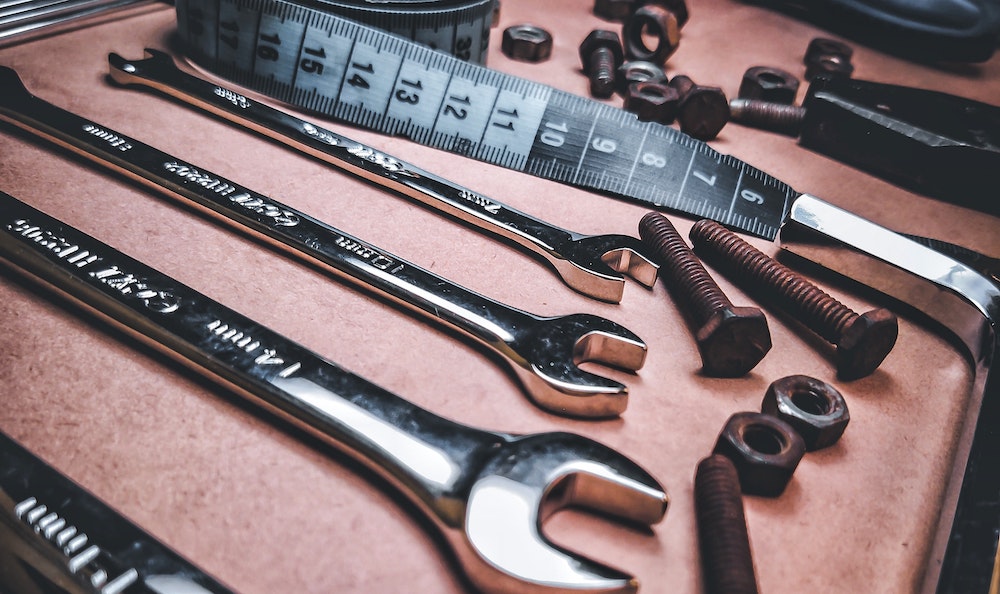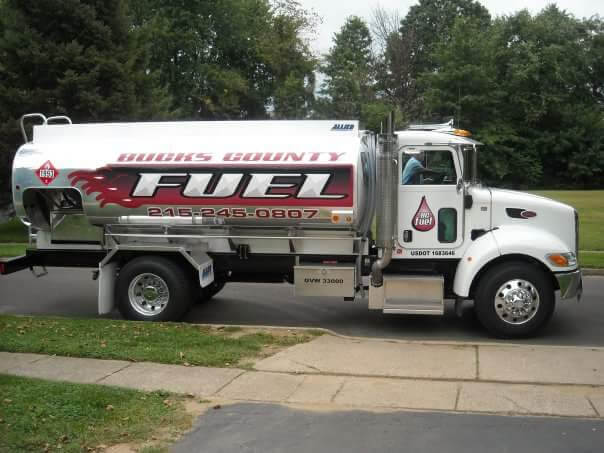If you have a boiler in your home, it’s important to know how to bleed it to keep your home warm and safe all year long. If you’ve noticed that your boiler is making strange noises or not heating properly, it could be due to an air pocket in the system. Bleeding a boiler is a simple procedure that can remove that trapped air to get your heating system running smoothly again. Air in your boiler can cause the system to work less efficiently and can lead to damage if left unaddressed. In most cases, bleeding a boiler is fairly easy, but it does require some basic knowledge and a few simple tools. In this article, we’ll walk you through the process step-by-step.
Before we get into each step, let’s first understand why bleeding a boiler is important. When the air gets trapped in your heating system, it can cause cold spots and reduce the efficiency of your boiler. This can lead to higher energy bills and a less comfortable home. Bleeding your boiler will help remove the trapped air so your heating system can start working properly again.
Common Signs That You Need a Boiler Bleeding
The first thing that you need to do is to detect the problem and make sure that your boiler needs to be bled. Here are some common signs that you may need to bleed a boiler:
- Cold Spots on Radiators
If you notice that some radiators in your home are not heating up as effectively as others, it may be a sign that there is trapped air in the system.
- Strange Noises
If you hear gurgling or knocking sounds coming from your boiler or radiators, it could be due to trapped air in the system. If so, it’s time to roll up your sleeves and remove the air from the system.
- Reduced Heat Output
If your home is taking longer than usual to get warm, or your radiators are not getting as hot as usual, it could be a sign that you need to bleed your boiler.
- High Pressure
If the pressure gauge on your boiler is higher than usual, it could be another sign of trapped air in the boiler.
- Leaks
If you observe any water leaks near your boiler or radiators, it could be a sign that there is too much pressure in the system, which could be caused by trapped air.
How to Bleed a Boiler Step-By-Step
To bleed a boiler you need to take a number of steps, including:
Step 1: Turn Off the Boiler
Before you start bleeding a boiler, you must turn it off. This will prevent accidents and ensure your safety. Locate the power switch on your boiler and turn it off. You should also turn off the water supply to the boiler, which is usually located near the main water valve in your home.
Step 2: Locate the Bleed Valve
Next, you need to locate the vent valve on your boiler. The valve is a small valve usually located on the side of the boiler. It may be covered by a small cap that you can remove by hand. If you have difficulty finding the valve, refer to the manual of your boiler or contact a specialist.
Step 3: Prepare Your Tools
You will need a container to catch the water that comes out of the valve, a wrench to turn the valve, and a rag to wipe up spills. Make sure the container is large enough to catch all the water that comes out of the valve.
Step 4: Open the Valve
When you have everything you need, you can start bleeding the boiler. Start by opening the bleed valve with the wrench. Turn the valve slowly and carefully so as not to damage it. You should hear a hissing sound as the air escapes from the system. Once the hissing stops, water should flow out of the valve.
Step 5: Collect the Water
Use your container to catch the water that is flowing out of the valve. Be careful, as the water may be hot. Make sure that the container is stable and that you are not in danger of spilling it.
Step 6: Close the Valve
When the water has stopped flowing, it’s time to close the valve. Use the wrench to turn the valve back to its original position. Be careful not to overtighten the valve, as this may cause damage.
Step 7: Check the Pressure
After you have closed the valve, you need to check the pressure of the boiler. The pressure gauge should be located on the front of your boiler. It should be set to between 1 and 1.5 bar. Water may need to be added to the system if the pressure is too low. If the pressure is too high, you may need to bleed the boiler again.
Step 8: Turn on the Boiler
Finally, you can turn your boiler back on. Make sure that the water supply to the boiler is turned on before you do so. Turn the power switch back on and wait for the boiler to start up. It may take a few minutes for the boiler to heat up and start working properly.
Hire a Professional to Maintain Your Boiler
Bleeding a boiler is a straightforward task that can help keep your heating system running efficiently and effectively. Remember, safety always comes first when it comes to working with boilers. If you don’t feel confident or comfortable enough to take care of this task yourself, talk to a professional.Properly and regularly maintaining your HVAC equipment means extending the life of it and saving yourself money in the long run. For the best HVAC repairs in Bensalem, PA and beyond, contact Bucks County Fuel. We’ve spent over a decade keeping our communities’ homes safe and comfortable. Schedule a repair today!




